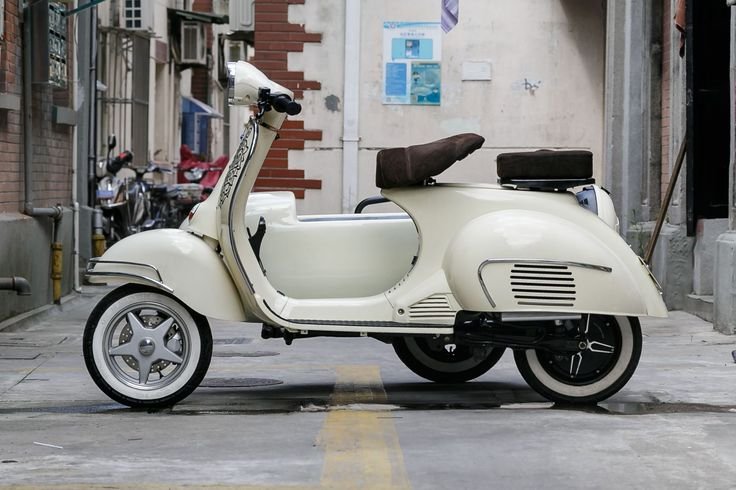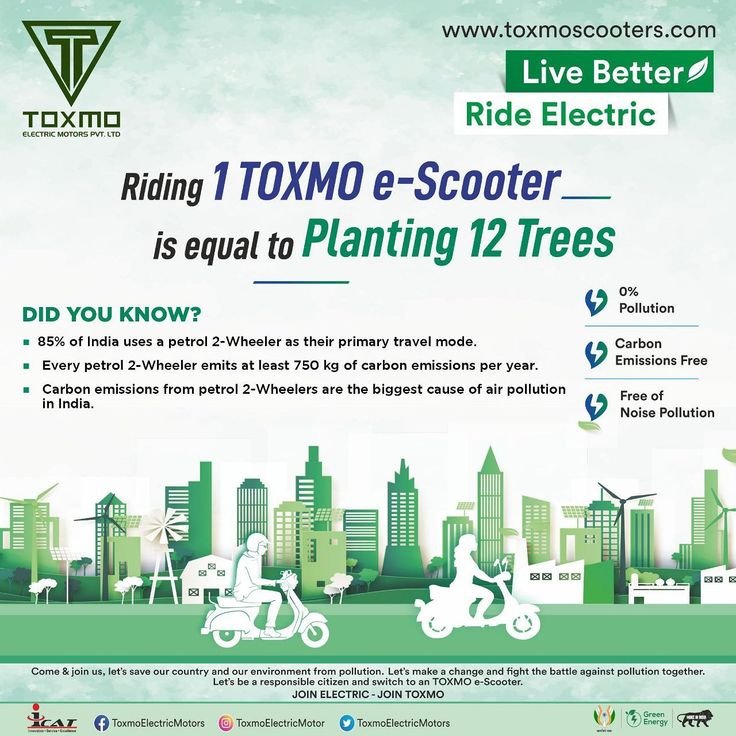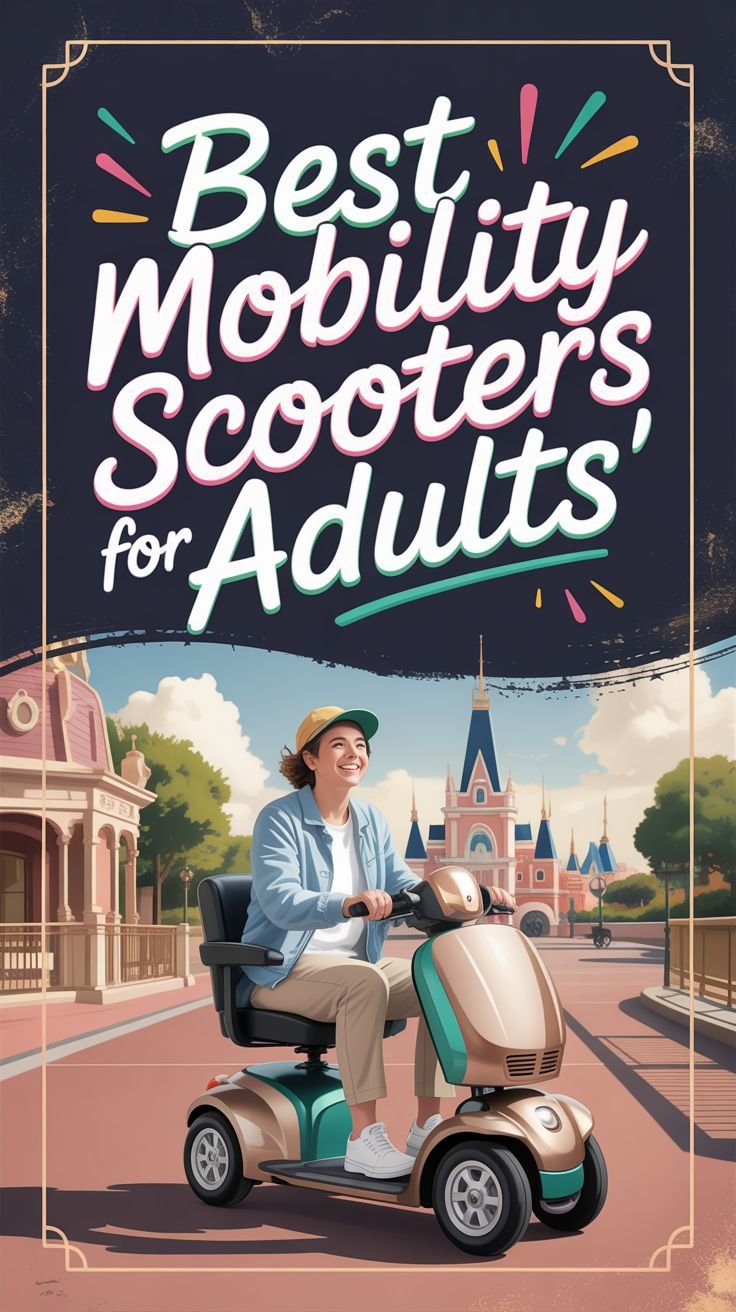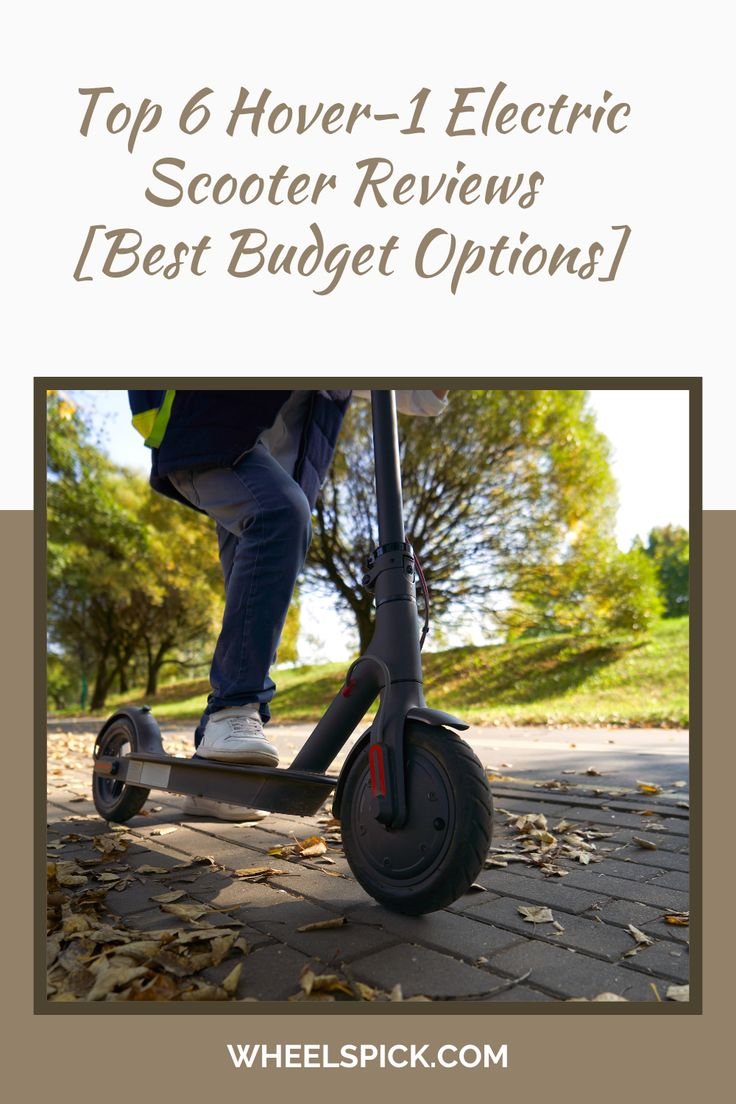Urban centers worldwide are undergoing a transformation, and electric scooters (e-scooters) are at the forefront of this change. These compact, battery-powered vehicles have redefined how people move through cities, offering cleaner, quicker, and more flexible transportation options. But why have they become such a pivotal part of modern urban mobility? This article dives into the specifics—exploring how e-scooters are reshaping city transportation, their environmental impact, and the latest technological innovations driving their adoption.
Reducing Traffic Congestion
One of the biggest challenges in urban areas is managing vehicle congestion. E-scooters offer a practical solution by reducing the volume of cars on the road.
- Efficient for Short Distances: A large portion of urban car trips are under 5 miles. E-scooters, designed to excel in short-distance travel, make an ideal alternative. By replacing these car trips, e-scooters help ease traffic in densely populated areas.
- Compact Design: Unlike cars or even bicycles, e-scooters don’t require significant road space or parking. Riders can easily maneuver through tight lanes, helping unclog gridlocked streets.
Cities that encourage micro-mobility and e-scooter use often report smoother traffic flow, particularly during rush hours.
Lowering Carbon Emissions
Sustainability is one of the leading benefits of e-scooters, and they play a vital role in reducing urban pollution levels.
- Zero Tailpipe Emissions: E-scooters are fully electric, meaning they produce no emissions while in use. This starkly contrasts with gasoline-powered vehicles, which are a major source of pollutants in urban areas.
- Reduced Dependence on Fossil Fuels: By cutting back on car usage, e-scooters contribute to reducing overall fossil fuel consumption.
- Support for Carbon-Neutral Goals: Many cities are leveraging e-scooter programs to achieve ambitious climate goals. For instance, programs incorporating e-scooters into public transit networks actively reduce the carbon footprint of commuting.
With green-conscious urban initiatives on the rise, e-scooters stand as a symbol of eco-friendly modernization.
Enhancing Transportation Accessibility
E-scooters provide an accessible transportation option for people who may not have easy access to cars or public transit.
- Ideal for First-Mile and Last-Mile Connectivity: E-scooters complement public transit by addressing the “first-mile” and “last-mile” problem—those initial and final stretches of travel where other transport options may be limited.
- Affordable Shared Rentals: App-based rental services like Lime and Bird allow users to access e-scooters without ownership costs. This affordability makes them accessible to a broader population, including students and low-income individuals.
- Expanding Reach to Underserved Areas: E-scooter operators are increasingly deploying fleets in communities with limited transportation infrastructure, effectively filling transportation gaps and promoting inclusivity.
By improving mobility options, e-scooters play a key role in creating more connected and equitable urban environments.
Latest Technological Advancements in E-Scooters
Rapid advancements in technology continue to elevate the functionality and appeal of e-scooters.
App-Based Rentals and Ride Tracking
Many e-scooters are integrated with smartphone apps, which streamline the riding experience.
- Ease of Use: Riders can locate, unlock, and pay for scooters directly through an app. Real-time navigation and safety alerts further enhance convenience.
- Data Collection: These apps provide operators and city planners with ride data, helping to refine deployment strategies and improve infrastructure.
Enhanced Battery Performance
Battery technology has made substantial strides, increasing the range and efficiency of e-scooters.
- Extended Range: Modern e-scooters can travel up to 40 miles on a single charge, making them suitable for more extensive commutes.
- Fast Charging: Quick-charging capabilities reduce downtime, allowing shared fleets to remain operational for longer periods.
- Sustainable Batteries: Some models now feature recyclable or swappable battery systems, contributing to eco-friendly practices.
Integration with Public Transit
Governments and e-scooter companies are working together to integrate scooters with larger public transit systems.
- Seamless Transitions: Riders can use e-scooters to reach train stations or bus terminals, creating a fluid, multi-modal transit experience.
- Smart Stations: Some cities are installing docking stations near public transit stops to encourage use and streamline parking.
These innovations are not just advancing the technology but also promoting widespread adoption in urban areas.
Addressing Criticisms and Challenges
Despite their benefits, e-scooters are not without challenges. Effectively addressing these issues is critical for sustainable adoption.
- Safety Concerns:
- Helmet use and speed regulation are often overlooked, leading to accidents.
- Cities are responding with dedicated scooter lanes and strict speed limits.
- Improper Parking:
- Scooters left haphazardly can obstruct sidewalks and public spaces.
- Many operators are introducing geofencing technology to ensure scooters are parked in designated zones.
- Fleet Management:
- Overuse and neglect can make shared scooters susceptible to wear and tear.
- Regular maintenance systems are being implemented to keep fleets functional and safe.
By tackling these issues head-on, cities can foster a more balanced approach to e-scooter deployment.
The Future of Urban Transportation
E-scooters represent a shift toward more sustainable, efficient, and connected urban mobility. Their role in transforming transportation is undeniable, and their potential only continues to grow.
- Smart Cities Integration: As urban areas adopt smart technology, e-scooters will play a central role in intelligent transportation systems.
- Renewable Charging: Solar-powered charging stations and other renewable solutions are likely to become integral to e-scooter infrastructures.
- Continued Innovation: Future advancements could include autonomous functionality, AI-assisted safety features, and integration with upcoming technologies like 5G networks.
Final Thoughts
The rise of electric scooters is reshaping urban landscapes, combining convenience with an eco-friendly approach to transportation. From reducing traffic congestion to enhancing accessibility and aligning with environmental goals, e-scooters have proven themselves indispensable in the modern cityscape. Paired with rapid technological innovation and thoughtful urban planning, they represent a future where sustainable and efficient mobility is within everyone’s reach.
The next time you see an e-scooter zipping down the street, remember—it’s not just a mode of transportation; it’s a step toward smarter, greener cities.











